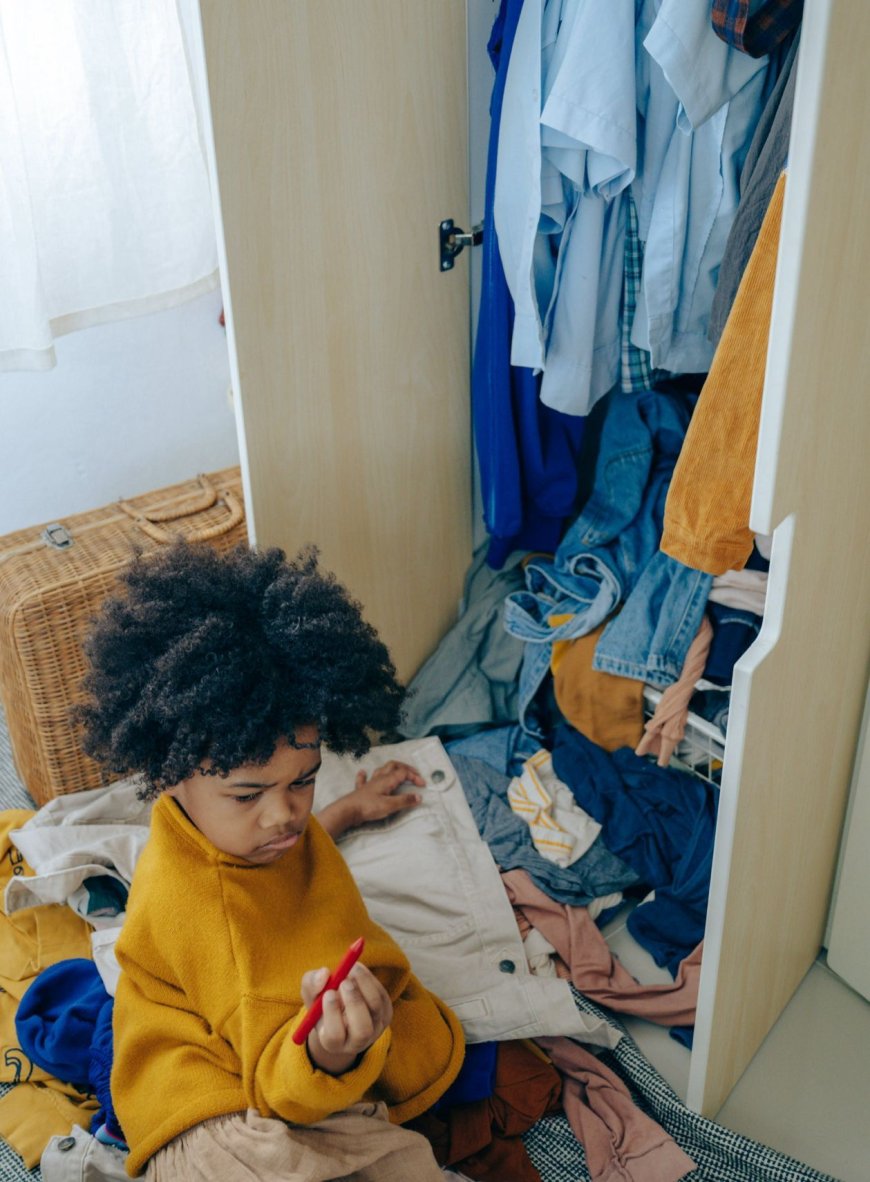IMPULSIVITY IN CHILDREN
Impulsivity is taking action without considering the consequences of actions. For example, walking without looking at what is in front of you, speaking as soon as it comes to your mind, doing and taking what is on your mind immediately. Impulsive people are impatient, act hastily, if they enjoy it, they continue it and do not think about the consequences logically.

This trait is especially common in children. Because in their early years, children act with their impulses and desires instead of producing logical solutions, their brains are in the development phase. The impulsivity of children whose impulse-controlling side of the brain develops slowly may continue as they get older. This can make life difficult for those people and the other people in their lives. Parents of impulsive children usually apply to therapists with problems such as not sitting still, disobedience, running on the street without holding their parents' hands, receiving complaints from school, interrupting, difficulty waiting in line, being in a hurry, having difficulty doing their homework, not being able to postpone wishes, and leaving things they have started incomplete or unfinished.
Impulsivity is more common in boys than girls. Children who are impulsive also have difficulty controlling their emotions, planning and managing time. For example, a 5-year-old child may have a nervous breakdown and a crying fit when he/she does not get what he/she wants at that moment, while a 14-year-old child may engage in risky behavior such as sharing inappropriate content on social media or drinking alcohol.
Impulsivity can also be a symptom of attention deficit hyperactivity disorder (ADHD). Research shows that the part of the brain of children with ADHD, located in the prefrontal cortex, which provides impulse control, produces logical solutions and contains the decision-making mechanism, develops slowly. Children with ADHD are more impulsive than children without ADHD. Therefore, therapists need to consider this point when making evaluations.
There are some things that can be done to teach impulse control to impulsive children. For example, you can teach primary school children to save money. When the child has a piggy bank, it will motivate him/her to patiently try to save his/her money and eventually buy what he/she wants with his/her own money. Not having the things they want right away teaches children to delay gratification. Also, you can use the Stop and think method. You can inform the child about this beforehand and then remind him/her to 'Stop and Think' before doing a risky behavior. If he/she stops, you can reward him/her.
Final method is for increase your child's waiting times. You can keep time by giving him/her small tasks that require him/her to wait, and share with him/her how long he/she is waiting. You can give clearer and shorter instructions so that you do not confuse your child about his/her behavior.
What's Your Reaction?

















































































